Walter “Ted” Carter Jr. President at Ohio State University | Wikipedia
Walter “Ted” Carter Jr. President at Ohio State University | Wikipedia
When considering preparing food for space travel, factors such as size and nutritional content must be taken into account. A less obvious but equally important concern is whether the food produces crumbs.
“You may not know this, but crumbs are dangerous in space, so we don’t bring things like crackers,” said Robyn Gatens, director of the International Space Station for NASA. “Crumbs might get in someone’s eye as they float around and that’s a hazard.”
Gatens was the keynote speaker at the Deep Space Food Symposium held at The Ohio State University last week. She was joined by speakers including Christian Lange from the Canadian Space Agency (CSA), NASA colleague G. Michael Green, and John Horack, the Neil Armstrong Chair in Aerospace Technology at Ohio State.
Ohio State President Walter “Ted” Carter Jr. opened the symposium, emphasizing collaboration toward a greater goal.
“This is a special gathering for a special topic, a special mission,” Carter said. “… There’s a lot of excitement here. This is where academia, industry, government all come together to solve some of the biggest challenges we think about [for] deep space exploration.”
In addition to panels, the day featured the announcement of the American winner of CSA and NASA’s Deep Space Food Challenge. The challenge invited teams across the country to submit proposals for “novel and game-changing food technologies or systems that require minimal inputs and maximize safe, nutritious and palatable food outputs for long-duration space missions, and which have potential to benefit people on Earth.”
Food is a vital resource for astronauts not just for nutrition but also for its social and psychological roles.
“If you think about the social and psychological role that food plays in your life – a gathering of friends and family for dinner, celebrating holidays and breaking bread, spending time together – there’s comfort in having your favorite food and beverages when you’re away from home,” Gatens said. “And that’s no different for our astronauts in space on long-duration missions.”
Interstellar Lab from Florida won with its modular bioregenerative system producing fresh microgreens, vegetables, mushrooms, and insects.
Green highlighted challenges' importance in finding solutions to complex problems as “the best starting point” for students and professors. Academia has a significant role to play.
“So many times it is important to partner with our friends in academia to look at a tough problem that maybe we don’t know how to solve,” he said.
Gatens agreed: “The partnership here at Ohio State has been really important for this challenge.”
Audience members listened attentively. Among them were 12-year-old Molly Pease and her mother Colette.
After seeing “Apollo 13” last year, Molly became "obsessed" with space. Her mother noted that the symposium was open to the public.
“We were just at the NASA booth and totally geeked out,” she said. “You just say ‘NASA,’ and the cool factor exponentially increased. It felt like the chance of a lifetime for her to see the director of the International Space Station.”
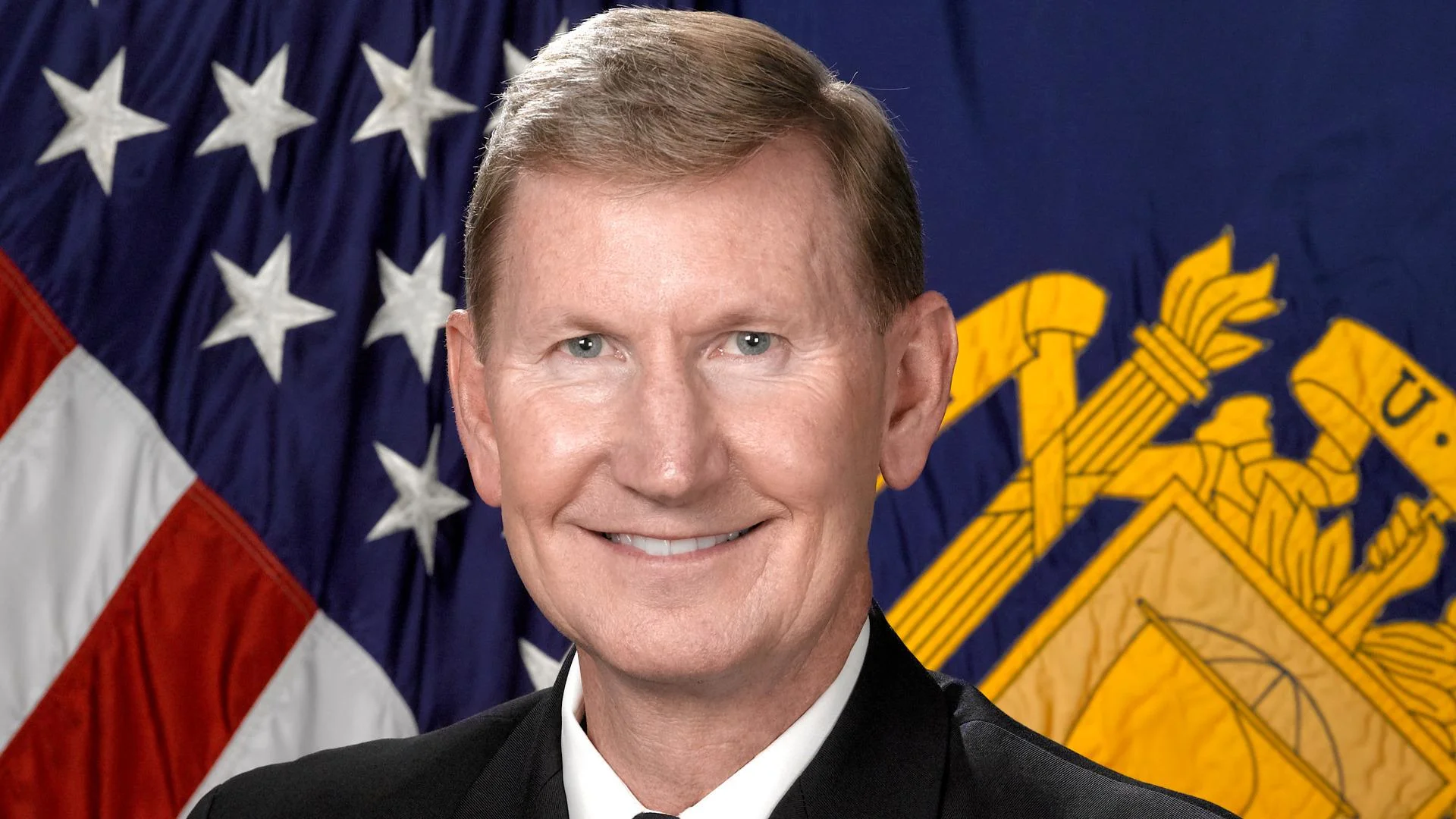
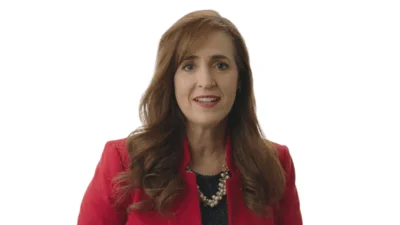
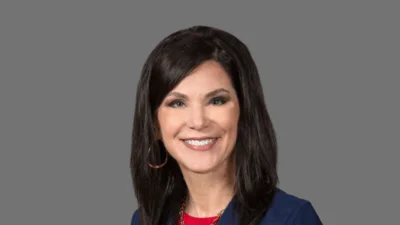
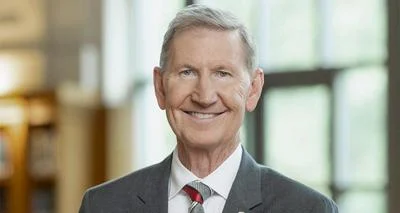
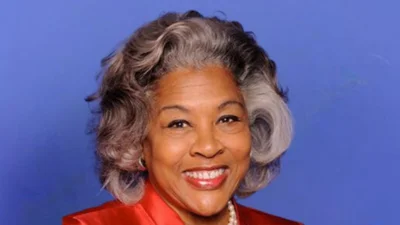
 Alerts Sign-up
Alerts Sign-up